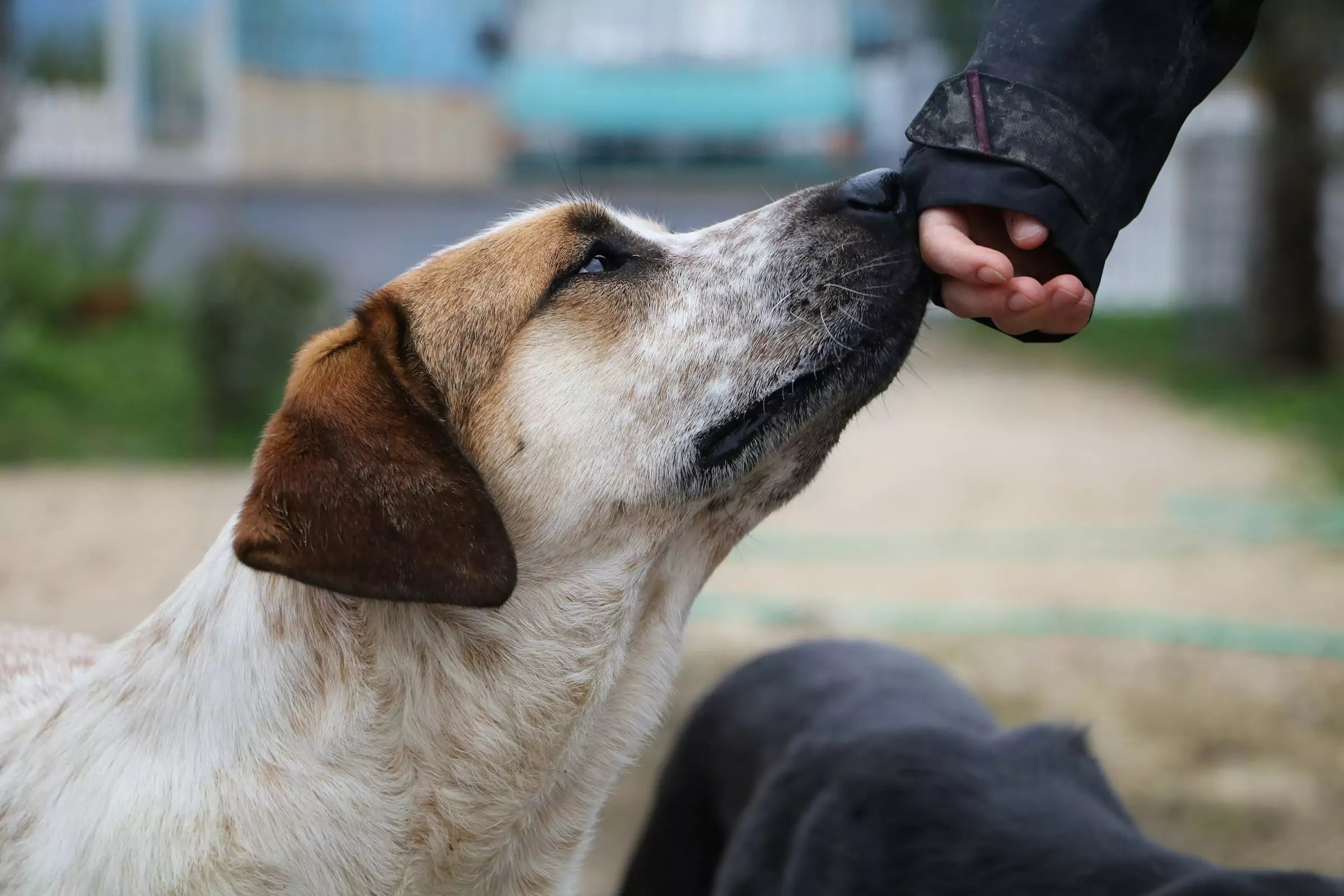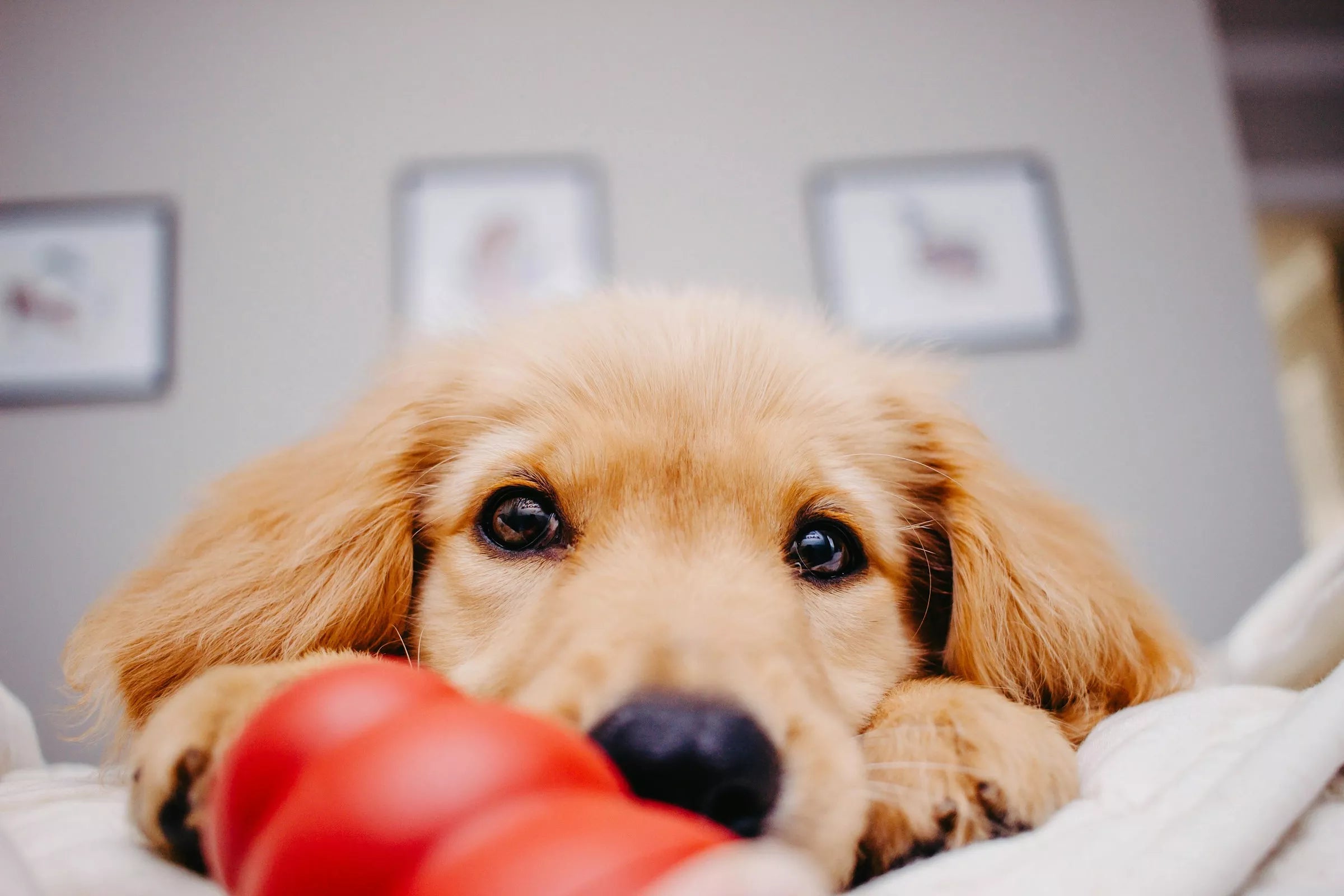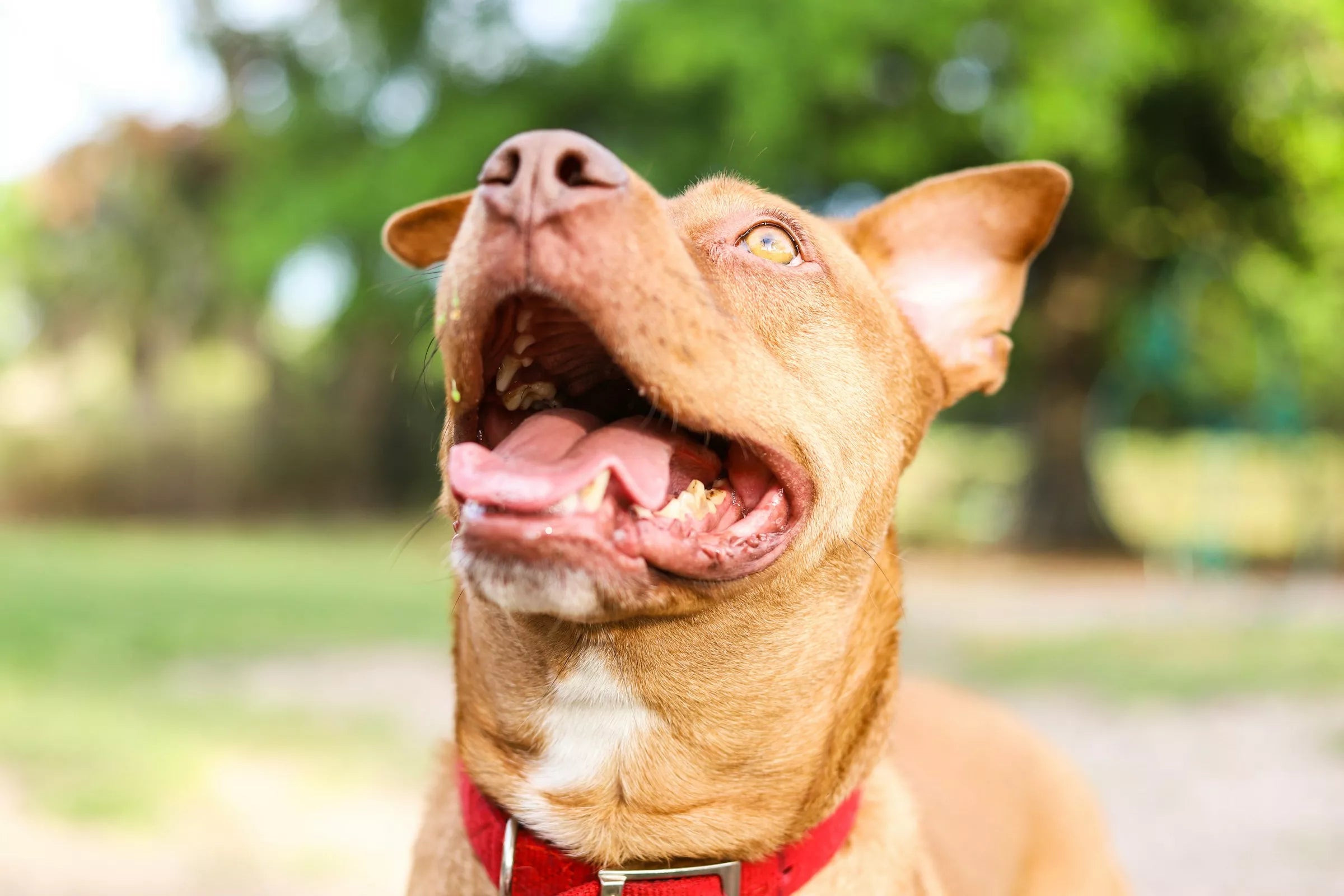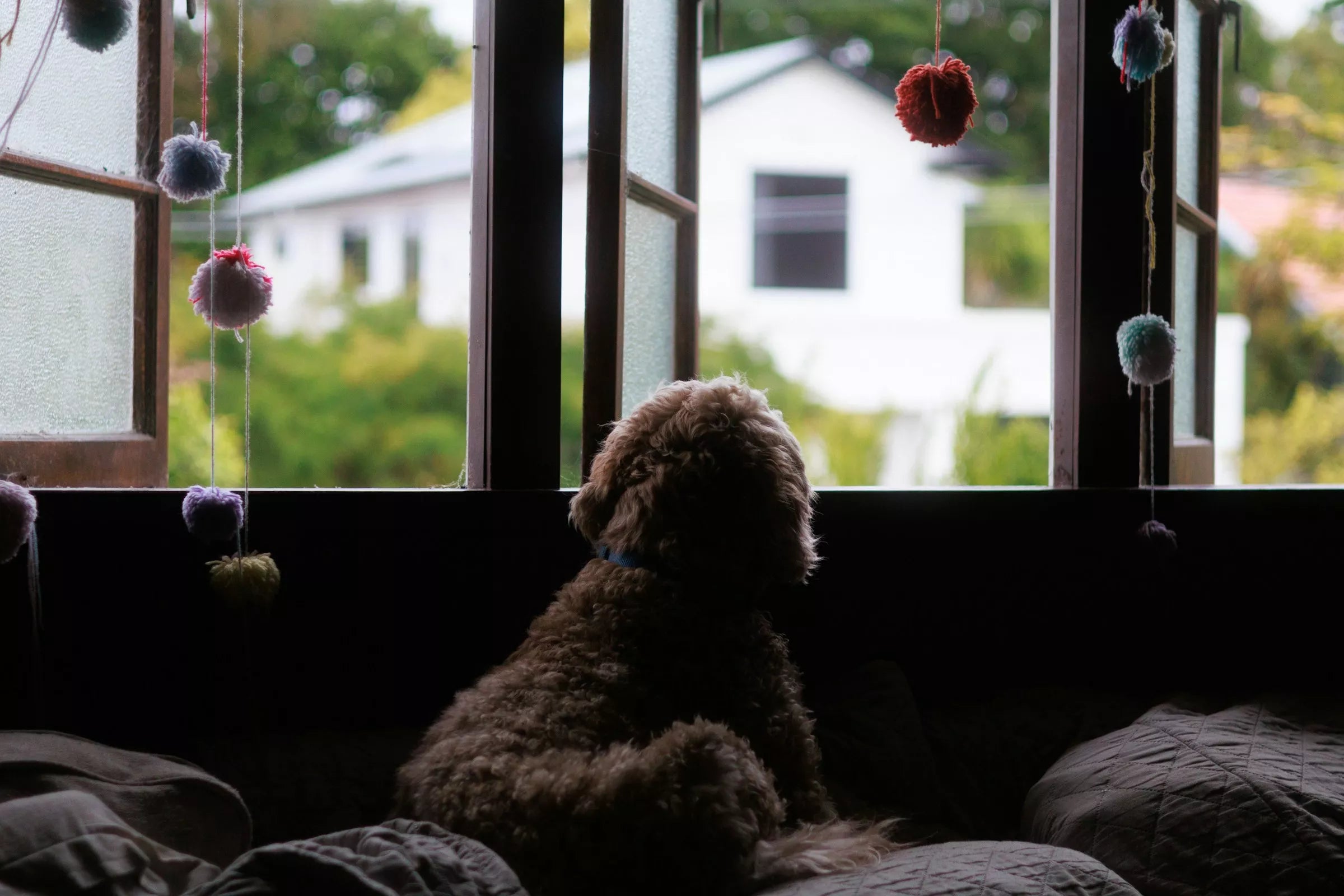Introduction to a Dog's Sense of Smell
As dog parents, we often marvel at the incredible abilities of our furry companions, and one of the most astounding is their sense of smell. Dogs perceive the world through their noses in a way that's beyond human comprehension. In this article, we'll delve into the fascinating world of a dog's olfactory prowess and explore how understanding it can deepen our bond with our beloved canines.
How Does a Dog's Sense of Smell Work?
The Anatomy of a Dog's Nose
To truly appreciate a dog's sense of smell, it's essential to understand the intricate anatomy of their noses. Unlike humans, who have relatively simple nasal passages, dogs possess a highly developed olfactory system. Their noses are equipped with a labyrinth of scent-detecting structures, including turbinates and scent receptors, that allow them to detect even the faintest odors.

The Role of Olfactory Receptors
Dogs boast an astonishing number of olfactory receptors, far surpassing that of humans. These receptors are specialized cells responsible for detecting and processing odor molecules. In fact, it's estimated that a dog's nose contains anywhere from 125 million to 300 million scent receptors, compared to a mere 5 to 6 million in humans.
Comparing to Human Olfactory Abilities
To put it into perspective, imagine your favorite scent multiplied exponentially. That's the reality for our canine companions. While humans rely primarily on vision, dogs experience the world through scent. They can discern individual components of a complex odor, allowing them to identify specific scents with remarkable accuracy.
The Incredible Power of a Dog's Sense of Smell
Detecting Scents from Afar
Dogs can detect odors at incredibly low concentrations, making them invaluable for tasks such as tracking and detection. Their keen sense of smell enables them to locate prey, identify potential threats, and even detect hidden contraband or explosives from great distances.

Applications in Search and Rescue
The exceptional olfactory abilities of dogs have made them indispensable in search and rescue operations. Their keen noses can detect the scent of a missing person beneath layers of rubble or across vast wilderness areas, significantly increasing the chances of a successful rescue.
Medical Detection Abilities
In recent years, researchers have begun harnessing the power of dogs' noses for medical purposes. Dogs have shown remarkable accuracy in detecting various medical conditions, including cancer, diabetes, and even seizures, through changes in a person's scent. This groundbreaking research holds promising implications for early disease detection and diagnosis.
Understanding Your Dog's Smell Preferences
How Dogs Use Smell to Explore Their World
For dogs, scent is more than just a way to navigate their environment—it's a form of communication. Dogs rely on scent to gather information about their surroundings, identify familiar objects and individuals, and mark their territory.

Recognizing Individual Scents
Dogs possess the remarkable ability to distinguish between different scents, including those of their fellow canines and their human family members. They can identify familiar scents with astonishing accuracy, even in crowded or unfamiliar environments.
Why Dogs Sniff Each Other
Sniffing is an essential aspect of canine social behavior. When dogs greet each other, they engage in a ritual of sniffing each other's faces, genitals, and rear ends. This behavior allows them to gather information about the other dog's age, sex, health, and emotional state, facilitating social bonding and communication.

Tips for Engaging Your Dog's Sense of Smell
Interactive Games and Activities
Engaging your dog's sense of smell is not only enjoyable but also mentally stimulating. Try incorporating scent-based games and activities into your daily routine, such as hiding treats around the house or setting up a scent trail for your dog to follow.
Using Scent-Based Toys and Treats
There are numerous toys and treats specifically designed to appeal to a dog's sense of smell. Look for interactive puzzle toys that dispense treats when manipulated, or try stuffing a Kong toy with a mixture of food and enticing scents.
Incorporating Smell into Training Sessions
Scent can be a powerful motivator in training your dog. Use scent cues to reinforce desired behaviors or teach new commands. For example, you can train your dog to locate hidden objects by associating a specific scent with a reward.

How to Support Your Dog's Sense of Smell
Proper Grooming and Hygiene
Maintaining your dog's hygiene is essential for preserving their sense of smell. Regular grooming, including cleaning their ears and trimming excess hair around their face, can prevent obstructions that may impair their ability to detect scents.
Avoiding Overwhelming Scents
Dogs are sensitive to strong odors, which can overwhelm their olfactory system. Avoid exposing your dog to harsh chemicals, perfumes, or other strong scents that may interfere with their ability to detect more subtle odors.
Providing Mental Stimulation
A dog's sense of smell thrives on mental stimulation. Keep your dog mentally engaged by introducing new scents, environments, and experiences. Consider enrolling them in scent detection classes or participating in nose work activities to challenge their olfactory skills.
Common Misconceptions About a Dog's Sense of Smell
Myth: Dogs Can Smell Fear
While it's true that dogs are highly attuned to their owners' emotions, they cannot literally smell fear. Instead, they pick up on subtle changes in body language and vocal cues that indicate fear or anxiety.
Myth: A Wet Nose Indicates Illness
Contrary to popular belief, a wet nose is not necessarily a sign of good health in dogs. While a moist nose can indicate hydration or normal nasal secretions, it's not a reliable indicator of overall health. Always consult your veterinarian if you have concerns about your dog's health.
Conclusion
In conclusion, a dog's sense of smell is a remarkable and complex sensory ability that shapes every aspect of their lives. By understanding and appreciating the incredible power of their noses, we can enrich our relationships with our canine companions and provide them with the mental stimulation and enrichment they need to thrive.
FAQs
-
Can I train my dog to improve their sense of smell?
- Yes, you can enhance your dog's olfactory abilities through scent-based games, training exercises, and enrichment activities.
- Yes, you can enhance your dog's olfactory abilities through scent-based games, training exercises, and enrichment activities.
-
Why does my dog sniff everything?
- Sniffing is a natural behavior for dogs and serves as a way for them to gather information about their environment and communicate with other dogs.
- Sniffing is a natural behavior for dogs and serves as a way for them to gather information about their environment and communicate with other dogs.
-
Are certain dog breeds better at scent detection than others?
- Some dog breeds, such as Bloodhounds and Beagles, are renowned for their exceptional sense of smell and are often used in scent detection work.
- Some dog breeds, such as Bloodhounds and Beagles, are renowned for their exceptional sense of smell and are often used in scent detection work.
-
How can I tell if my dog has a strong sense of smell?
- Dogs with a strong sense of smell may exhibit behaviors such as intense sniffing, following scent trails, and displaying heightened interest in scent-based activities.
- Dogs with a strong sense of smell may exhibit behaviors such as intense sniffing, following scent trails, and displaying heightened interest in scent-based activities.
-
What should I do if my dog loses their sense of smell?
- If you notice changes in your dog's sense of smell, it's essential to consult your veterinarian to rule out any underlying medical conditions and determine the appropriate course of action.















Share:
The 7 Most Common Health Issues in Dogs
How To Introduce a New Dog